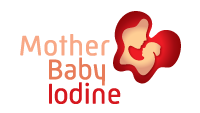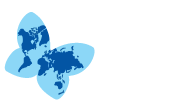Universal salt iodization
Universal salt iodization is a global public health success story that has addressed the multiple serious health risks of inadequate iodine consumption for children and adults. Insufficient iodine consumption during pregnancy may cause impaired cognitive and motor development, affecting the child’s performance at school.
Switzerland was the first country to iodize salt in 1922, and voluntary programs were initiated over the next two decades in the United States and in European countries. Currently, 124 countries have mandatory salt iodization requirements, and a further 21 countries have voluntary iodization programs.
Iodine intake and reducing sodium intake are compatible and need to be optimised: World Health Organization (WHO) promotes programs to reduce sodium intake and thus decrease the burden of Non-Communicable Diseases, and also promotes salt iodization to prevent and control iodine deficiency disorders (IDD).


Policymakers and academics need to:
– bring together salt fortification communities and salt reduction communities
– develop double-duty sodium-related policies, which can have significant public health benefits.
WHO recommends:
– for adults: a daily sodium intake of less than 2 g (equivalent to 5 g or a teaspoon of salt)
– for children: the level of intake should be adjusted downward based on their energy requirements according to age
What can policymakers do?
– create policies to enable the adjustment of iodine concentrations considering population sodium intake
– understand that policies to eliminate IDD through USI and policies to reduce sodium intake to reduce blood pressure and the risk of CVDs are compatible
– take immediate action to combine salt reduction and iodine fortification
We support universal salt iodization, with a focus on aligning universal salt iodization goals with the parallel need for sodium reduction.
Consume less salt, but iodized salt!


